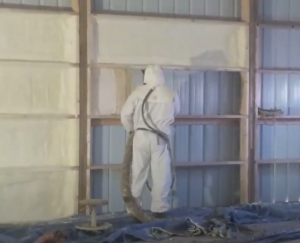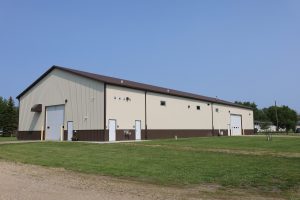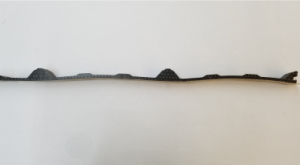Trusses – Steel or Wood?
Reader JOE in ELLIJAY writes:
“Is it more cost effective to use steel trusses vs. wood and what are the pros and cons to each?”
As far as cost – because we manufacture wood trusses in our plant and ship them with your lumber, they are more cost effective than steel trusses. Our steel trusses are manufactured in Tennessee, so you have two sets of freight costs.
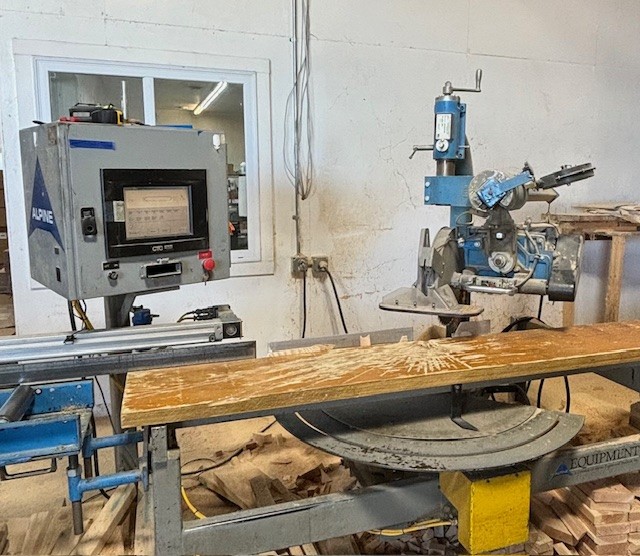
If freight was not a factor, it is probably a toss up for costs. Wood trusses are subject to very strict quality control standards. Every span, of each and every order, must have quality control reports to document correct size, grade and species of lumber as well as correct thickness and dimensions of steel connector plates. Random third-party quality control inspections are done, to verify trusses being produced meet or exceed what is specified on engineer sealed truss drawings. Steel trusses, somehow have escaped this level of quality control (even though Building Codes specify third party inspections must be done).

Steel trusses selling points are:
More headroom and storage – structural design combined with fewer trusses allow for more overhead storage. Steel trusses are able to have parallel chords at lesser depths than wood trusses. What they don’t tell you, in their literature, is interior ‘vault’ is usually interrupted with a horizontal steel tie at roughly half height of your interior vault. This cross tie is often somewhere fairly close to building eave height, meaning one does not gain full clear height of lower chord slope. Most steel trusses are designed to be placed every 10 or 12 feet and directly aligning with eave sidewall columns. Hansen Pole Buildings most common truss spacing is also every 12 feet, however we can easily engineer for 14 to 16 foot wide bays.
Faster install times – steel trusses come standard with pre-welded purlin clips every 24 inches. In most instances, our high grade purlin lumber allows for purlins to be 32 inches on center, and our provider will adapt accordingly. Wood trusses do require field installation of purlin joist hangers, however we have streamlined this process by use of Simpson top-flange saddle hangers and structural screws.
Improved aesthetics – enjoy an open and airy interior due to the strength of steel, truss design, and spacing. Whether steel or wood, any truss is only going to be as strong as loads engineered for. You may want to note, steel trusses are generally seen only in regions having little or no snow loads – for a reason. We have engineered wood trusses in areas with snow loads in excess of 400 pounds per square foot! We can easily match or exceed steel truss spacing, with wood. In most instances, wood truss profiles can come very close to those of steel.
Structural integrity – besides being steel, our trusses mount on the top and side of the posts for a stronger structure. Well this would be true as compared to wood trusses mounted at 2 or 4 foot spacings on top of truss carriers (headers) – Hansen Pole Buildings trusses are connected directly to wall columns with Simpson structural screws with trusses placed in notches for an excellent connection.
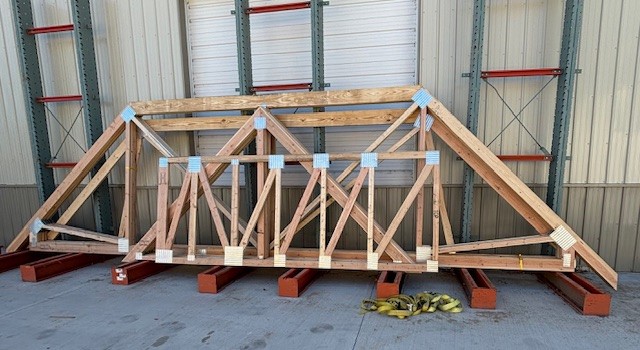
Wood trusses can routinely be engineered for any roof slope and very complex roof designs. How many times have you ever seen a full hipped steel truss roof? Want a ceiling at bottom chord levels (whether pitched or flat)? Wood trusses shine in this realm. In an unlikely event of fire, wood trusses will char, steel trusses lose their structural integrity and will need to be replaced even if they appear to be okay.
